Colorado Blue Spruce Tree
- June 19, 2023
- 0 comment

Common Name: Colorado Blue Spruce
Botanical Name: Picea pungens
Family: Pinaceae
Plant Type: Coniferous evergreen tree
The Colorado Blue Spruce tree (Picea pungens) is a magnificent coniferous evergreen that has captivated the hearts of gardeners and nature enthusiasts alike. With its striking blue-green needles and impressive stature, this tree adds elegance and beauty to any landscape. In this article, we will delve into the various aspects of this iconic tree, covering everything from its characteristics and care to its wildlife value and fascinating history.
Lumber
Colorado blue spruce lumber exhibits a light to medium reddish-brown color with subtle blue undertones. However, the color tends to darken and mellow with age and exposure to light.
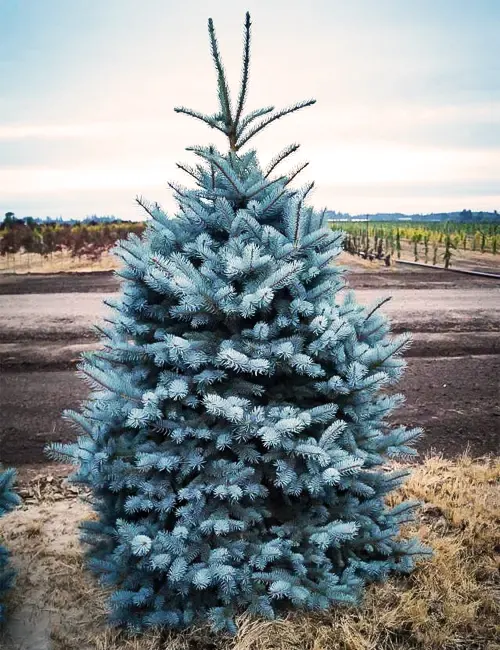
Mature Size and Growth Rate
The Colorado Blue Spruce tree is known for its impressive size, typically reaching heights between 50 to 75 feet and spreading out to a width of 10 to 20 feet. It has a slow to medium growth rate, with an average increase of 12 to 24 inches per year.
Soil Type and Soil Preference
These trees are adaptable to a variety of soil types, but they thrive in well-draining soils with a slightly acidic to neutral pH. They can tolerate clay and loamy soils, but proper drainage is essential to prevent root rot.
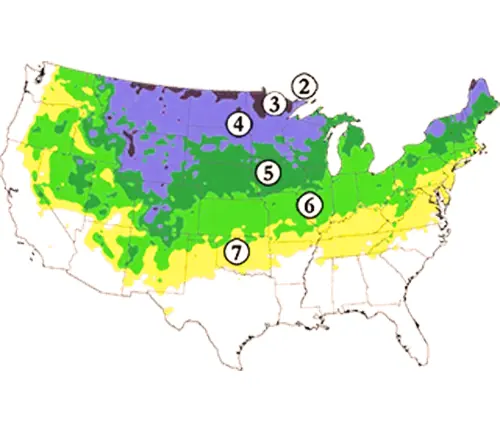
Hardiness Zones
Colorado Blue Spruce trees are well-suited to thrive in USDA hardiness zones 2 to 7. They can withstand cold temperatures and harsh winter conditions.
Sun Preference
These trees prefer full sun exposure to partial shade. They require at least six hours of direct sunlight per day to ensure optimal growth and coloration.
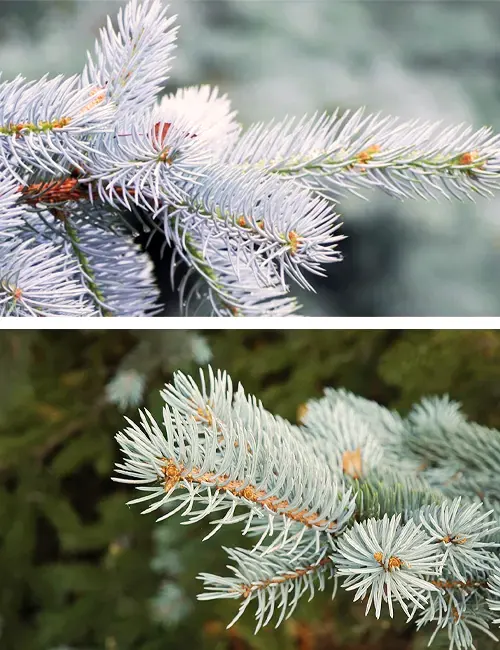
Attributes
The most notable attribute of the Colorado Blue Spruce is its striking blue-green needles. The needles are sharp and stiff, offering a unique texture and adding visual interest to the landscape. This evergreen tree retains its needles throughout the year, providing year-round beauty and privacy.
Characteristics
The Colorado Blue Spruce has a pyramidal shape with dense branching and a conical crown. The needles are rigid, sharp, and approximately 1 to 1.5 inches long. They display a stunning silvery-blue or blue-green hue, which intensifies with age.
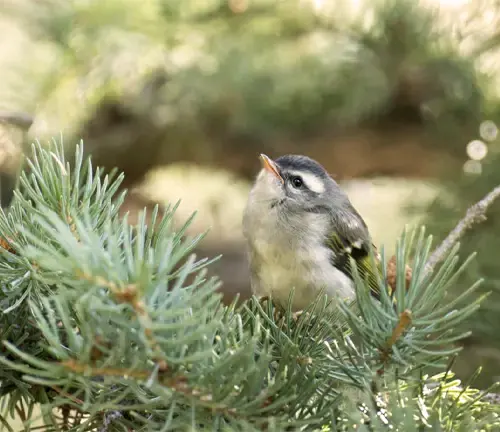
Wildlife Value
The dense foliage of the Colorado Blue Spruce offers excellent nesting sites and shelter for various birds, including songbirds and raptors. Additionally, the tree’s seeds serve as a valuable food source for squirrels and other small mammals.

Care
To ensure the healthy growth of your Colorado Blue Spruce, provide it with regular watering during dry periods, especially in the first few years after planting. Mulching around the base of the tree helps retain moisture and suppress weed growth. Pruning is generally not necessary for these trees unless there are damaged or diseased branches.

Benefits
The Colorado Blue Spruce tree offers numerous benefits to both homeowners and the environment. It serves as an effective windbreak and privacy screen, reducing noise and creating a tranquil atmosphere. Its dense foliage also provides shade during the summer months, helping to cool nearby areas. Moreover, these trees contribute to air purification by absorbing pollutants and releasing oxygen.
Invasive
The Colorado Blue Spruce is not considered invasive. It is a native tree to the Rocky Mountains of the United States.
Lifespan
Under favorable growing conditions, Colorado Blue Spruce trees can live for several decades, with an average lifespan of 30 to 60 years. Some exceptionally healthy specimens have been known to live for over 100 years.
Disadvantage
One potential disadvantage of the Colorado Blue Spruce is its susceptibility to certain diseases, including needle cast and cytospin canker. Proper care, such as ensuring good air circulation and avoiding over-watering, can help minimize the risk of these diseases.
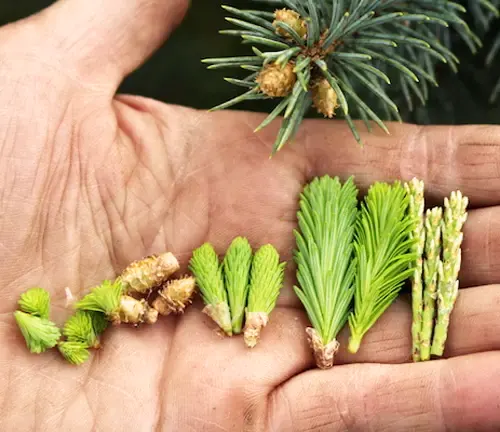
Edible or Not
The Colorado Blue Spruce is not typically considered edible for humans. However, Native American tribes historically used the inner bark and young shoots for medicinal purposes.
Habitat Requirements
Colorado Blue Spruce trees thrive in a range of environments, from high-altitude mountain slopes to low-lying areas. They prefer well-draining soils and require regular moisture, particularly during the first few years after planting.
Name Origin
The name “Colorado Blue Spruce” refers to the tree’s natural occurrence in the state of Colorado, where it is indigenous to the Rocky Mountains. The term “blue” reflects the unique blue-green coloration of the tree’s needles.
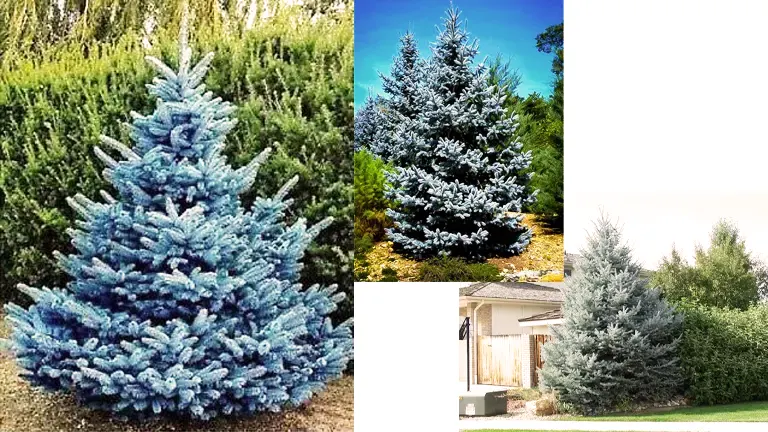
Varieties
There are several notable varieties of the Colorado Blue Spruce, including ‘Glauca,’ which has an intense silver-blue color, ‘Hoopsii,’ which is known for its impressive height and blue coloration, and ‘Fat Albert,’ a compact and more rounded form.
Pruning
Pruning is generally unnecessary for the Colorado Blue Spruce, as its natural form is quite appealing. However, if desired, selective pruning can be done in late winter or early spring to remove dead or damaged branches.
Propagating
Colorado Blue Spruce trees can be propagated through various methods, including seed propagation and grafting. Seed propagation requires stratification, a process of exposing the seeds to cold temperatures to break dormancy.
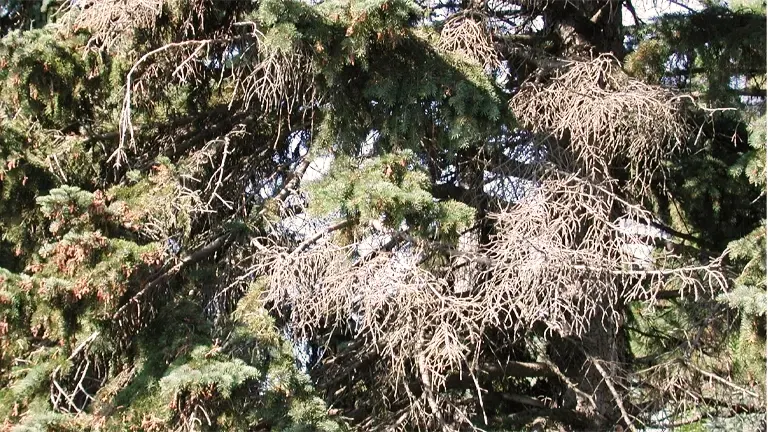
Common Pests & Diseases
Common pests that can affect Colorado Blue Spruce trees include aphids, spider mites, and spruce budworms. Diseases such as needle cast, cytospora canker, and spruce gall rust can also occur. Regular monitoring, proper cultural practices, and early intervention can help prevent and manage these issues.
Fun Facts:
- The Colorado Blue Spruce is the official state tree of Colorado.
- The tree’s sap is sometimes used to make spruce gum, a chewing gum alternative.
- The blue coloration of the needles is due to a waxy coating that helps protect them from harsh weather conditions.
Frequently Asked Questions:
- Q: Are Colorado Blue Spruce trees deer-resistant?
A: While no plant is entirely deer-proof, Colorado Blue Spruce trees are generally less preferred by deer due to their prickly needles. - Q: Can I plant Colorado Blue Spruce trees close to my house?
A: Given their eventual size, it is important to provide enough space when planting Colorado Blue Spruce trees near structures. Consider their mature height and width to avoid potential issues in the future. - Q: Do Colorado Blue Spruce trees require special soil conditions?
A: While they prefer well-draining soils, Colorado Blue Spruce trees are adaptable and can grow in various soil types. Adding organic matter can help improve soil structure and drainage.
Conclusion: The Colorado Blue Spruce tree is a remarkable addition to any landscape, offering a unique blend of beauty, resilience, and wildlife value. With its majestic appearance and adaptability, this tree is sure to leave a lasting impression for generations to come. Whether as a windbreak, privacy screen, or simply an awe-inspiring centerpiece, the Colorado Blue Spruce stands as a testament to the splendor of nature.


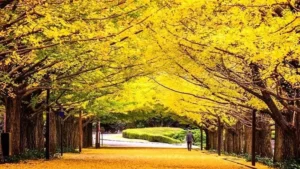
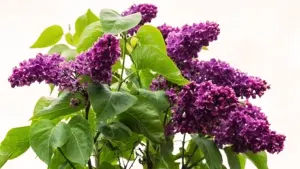
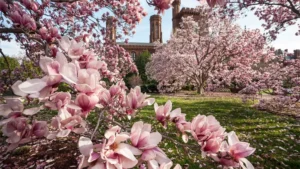
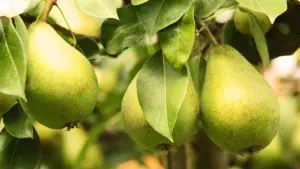

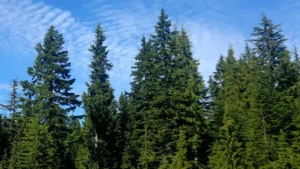

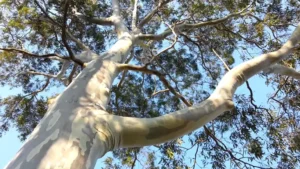
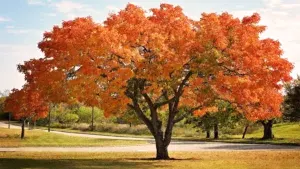
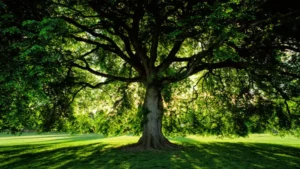

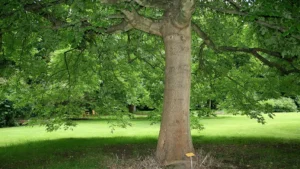
Leave your comment